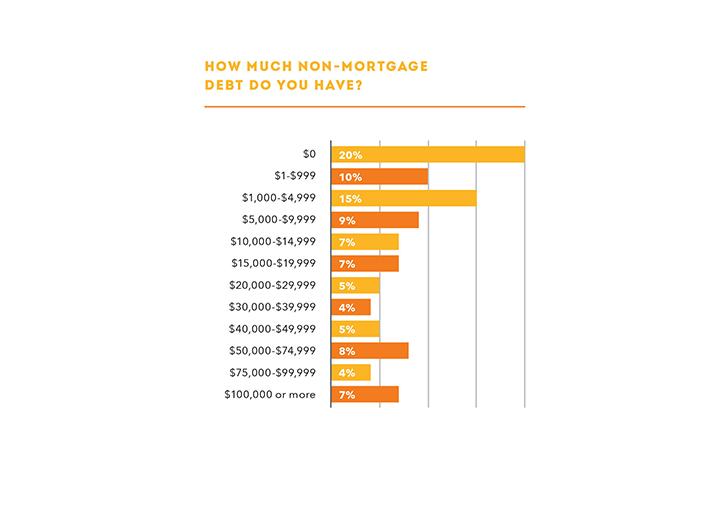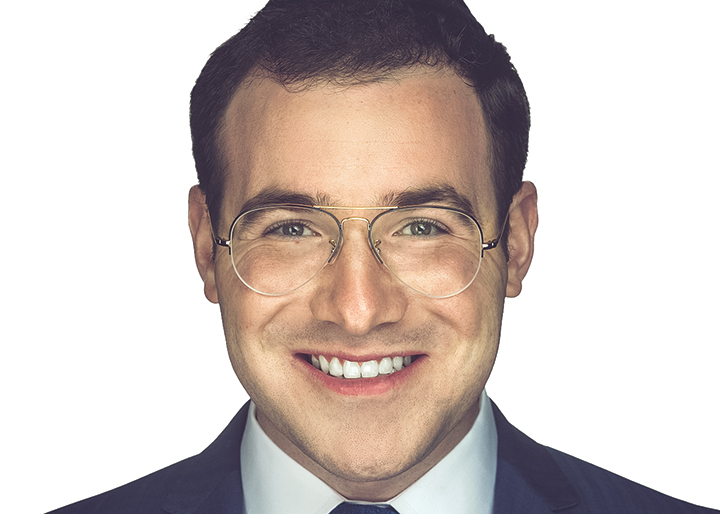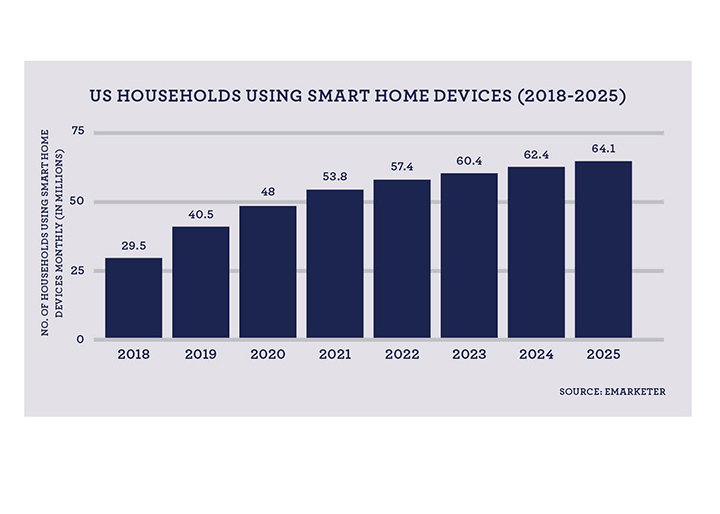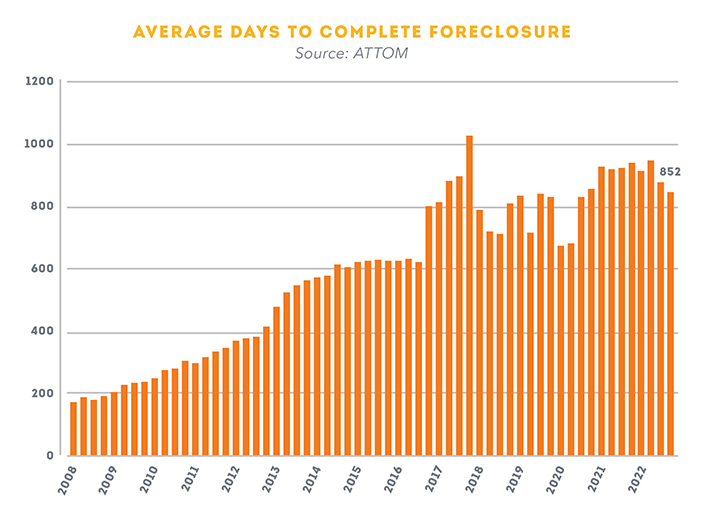Millennial Home Buyer Report: 2023 Edition
What are the Barriers to Millennial Homeownership? By Jaime Dunaway-Seale Millennial home buyers can’t catch a break. After weathering two economic recessions that delayed their ability to buy a home, they entered one of the most expensive markets in U.S. history. Fierce demand driven by historically low interest rates and limited inventory caused home prices to soar, and many millennials were priced out of the market or outbid by wealthier
Read More










